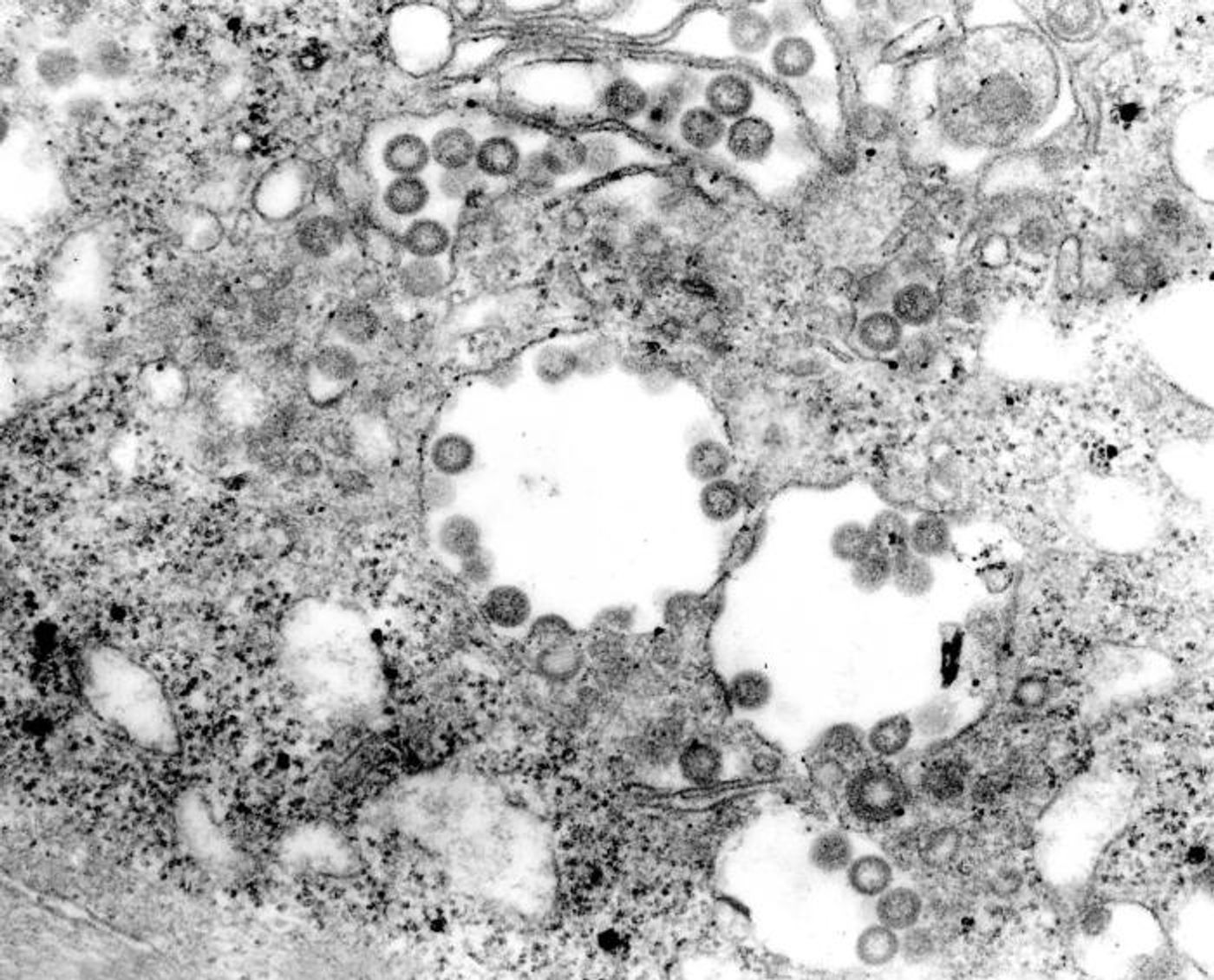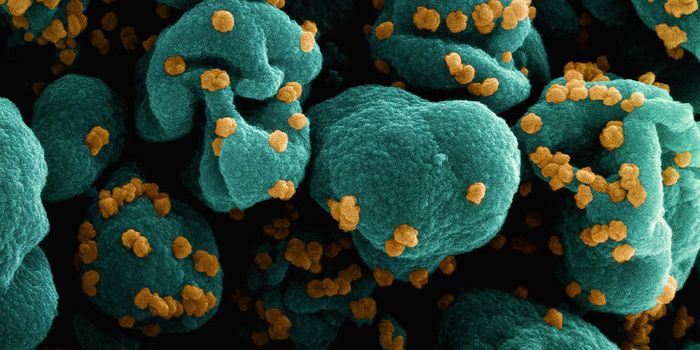Rift Valley Fever's Infectious Secret is Revealed
Rift Valley fever virus is carried by mosquitoes, and when it's passed to livestock including cattle, goats, and sheep, it can wreak havoc on herds. Outbreaks of Rift Valley fever can kill animals and cause economic devastation. These infected animals may also pass the virus on to humans, though people have also sometimes gotten infected directly from mosquitoes. In past outbreaks, many people have been sickened and some have died. There is no treatment for the illness; the symptoms can only be managed. But, new findings may help researchers find a way to prevent the virus from entering cells and causing infection.
Though outbreaks have only happened in Africa and the Arabian Peninsula up to this point, the mosquitoes that carry the disease can live anywhere. The World Health Organization has noted that this virus is "likely" to cause epidemics in the future. As such, researchers are trying to learn more about the disease before it becomes a larger problem.
Reporting in Cell, scientists have now learned more how the virus can enter cells. The pathogen seems to utilize molecules called low-density lipoproteins (LDLs), which are known to carry so-called bad cholesterol and are found in blood.
When the researchers grew the virus with cells in culture, they tested how the infection would be impacted when certain genes were removed from the host cells. Cells without functional LDL genes did not get infected, nor did cells that lacked the gene for LDL receptor-related protein 1 (Lrp1). These results were first obtained with mouse cells, and then confirmed in cells from many other species including cow, monkey, and human, suggesting that this mechanism is common to the virus as it infects a host.
A molecule called RAP can bind to Lrp1 and stop other stuff from attaching to it. When a mouse model was infected with Rift Valley fever and treated with RAP, most mice survived, and had low levels of the virus by day 3 of the infection. However, all of the untreated mice died. While RAP is not a good candidate for a useful drug, it shows that it might be possible to prevent Rift Valley virus infection by using a drug that can safely block Lrp1.
“For people in areas where Rift Valley fever is endemic, an outbreak threatens not only their livelihood but their health,” said co-senior author Gaya K. Amarasinghe, Ph.D., a professor of pathology & immunology and of biochemistry & molecular biophysics at Washington University. “This virus has been flying under the radar, but given that it’s transmitted by mosquitoes that are found everywhere, it could spread into other parts of the world and become a serious issue.”
Sources: Washington University School of Medicine, Cell









